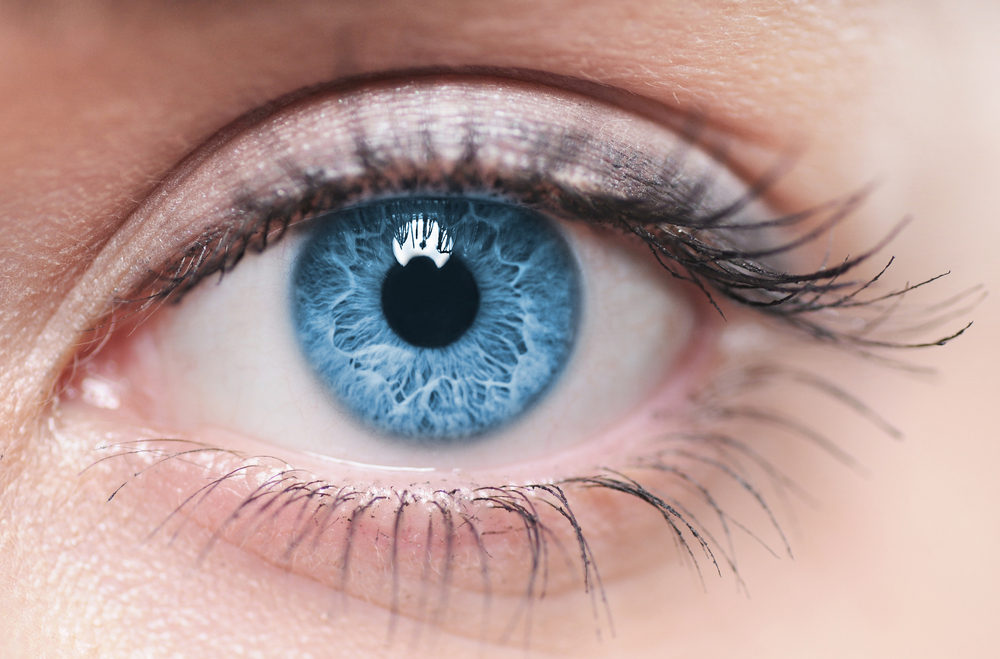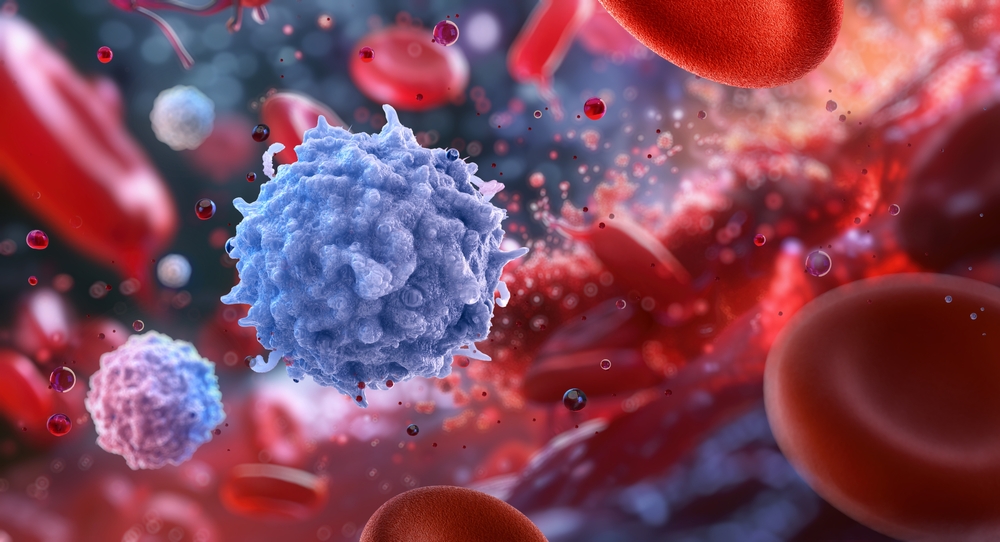The eyes are part of the visual system and provide us with vision. Although very small, they are one of the most important organs in the body. The eyes convert light into a neural impulse that gets sent to the brain.
Light enters the eye at the cornea, which is a transparent thick sheet of fibrous tissue that bends light. The light hits the lens, which focuses light onto the retina, which contains photoreceptors called rods and cones. There are approximately 120 million rods, which are rod-shaped and detect light. Meanwhile, there are only about 6 million cones, which are cone-shaped, detect colour, and discern high levels of detail.
After striking the photoreceptors, an electrical signal gets sent through the optic nerve to the visual processing center in the brain. This visual information allows us to perceive depth, colour, shape, and form.
Nearsightedness (myopia) is a vision condition that occurs when the lens bends light too much, resulting in light being focused in front of the retina. Close objects appear clear but objects further away seem blurry. When images are formed behind the retina, it is called farsightedness (hyperopia). In this condition, objects that are far away appear clear but closer objects are blurry. Both conditions require glasses to refocus incoming light rays.
The Boom Health app allows you to manage your loved one’s home care in one app and takes the stress out of organizing care. Download the app on the App Store or Google Play Store.
This article is not intended to be a substitute for professional medical advice or diagnosis. Always seek the advice of your physician or another qualified health provider with any questions you may have regarding a medical condition.





